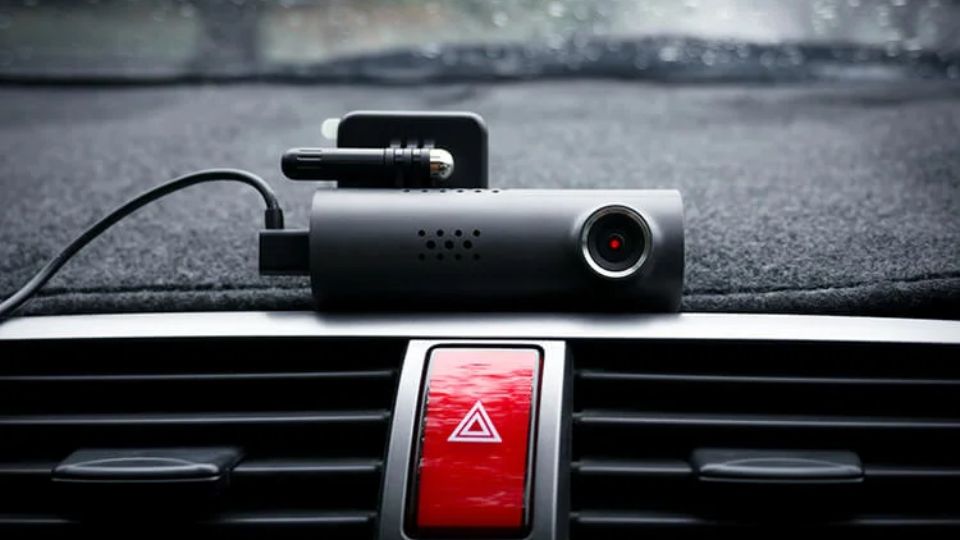Many drivers in Indiana and throughout the United States are using dash cams, also known as dashboard cameras, which have become more and more popular. These are little video cameras that you can attach to the front window or dashboard of a car. They record what’s happening on the road while you’re driving. If there is a car accident, the footage from a dash cam can be very helpful for insurance companies, the police, and courts to have as evidence.
What are Dash Cams?
Dash cams are small devices that are usually attached to the windshield or dashboard of a vehicle. They are not very noticeable. They always film video of the road in front, usually with a wide view. Some dash cams have additional features like audio recording, night vision, and GPS tracking.
Advantages of Using Dash Cams
Using a dash cam in Indiana has many advantages:
- Dash cam footage can be very important evidence in accidents. It can be useful to show who caused the accident, how serious it was, and what other drivers did. This evidence can be extremely helpful when you need to make an insurance claim or challenge a traffic ticket.
- A dash cam can discourage other drivers from behaving aggressively around your vehicle.
- Recording Road Hazards: Dash cam footage can be used to record road hazards, like potholes or debris that has fallen onto the road. You can use this information to report the hazard to the right authorities.
- Monitoring Driving Habits: Dash cam footage can be helpful for drivers to review their own driving habits and find areas where they can improve.
Are Dash Cams Legal in Indiana?
Good news for drivers in Indiana: it is legal to use dash cams in the state. However, there are some rules about where dash cams can be placed that need to be followed.
Also Read: Ohio Legal Marijuana Laws in 2024 You Must Need to Know
Rules for Where to Put Dash Cams in Indiana
There are two important rules in Indiana about where you can put dash cams in vehicles:
- Size Restrictions: The dash cam cannot be bigger than four square inches. This means that the camera does not block the driver’s ability to see the road.
Placement Restrictions: The dash cam should be installed in the lower corner of the windshield on the passenger side. This location helps to reduce the driver’s view obstruction. - In Indiana, there are no specific laws about where you can mount dash cams, except for the windshield. It is generally advised to install the dash cam in a position that does not block the driver’s view. This could mean the dashboard that is located directly behind the rearview mirror.
Tips for Protecting Your Privacy When Using Dash Cams in Indiana
Indiana allows audio recording with the consent of at least one party involved. However, it’s important to remember privacy concerns when using a dash cam:
- In Indiana, there are two types of consent when it comes to recording conversations: one-party consent and two-party consent. One-party consent means that it is legal to record a conversation as long as you are one of the people involved in the conversation.
- This information is relevant to audio recordings that are made by dash cams. It is important to let passengers know if you are recording audio, especially if you want to share the recording with others.
- You can choose to turn off the audio recording feature on your dash cam if you don’t want to record conversations inside your vehicle.
- Sharing Dash Cam Footage: It is legal to share dash cam footage, but it’s important to consider the privacy of others who appear in the recording. If you are sharing footage of an incident, it is a good idea to blur out license plates or faces of people who are not directly involved.
Other things to think about
If you are using a dash cam in Indiana, there are some extra things to think about:
- Dash cams can be powered in two ways: using a cigarette lighter adapter or by connecting them directly to the vehicle’s electrical system through hardwiring. Hardwiring is usually a more dependable choice because it prevents the camera from losing power if the connection in the cigarette lighter becomes loose.
- Data Storage and Management: Footage from dash cams can use a lot of storage space. Choosing a dash is important.



Leave a Reply